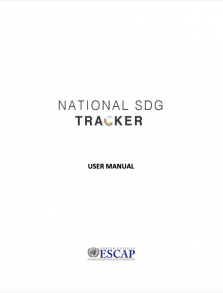
Protecting the most vulnerable to cascading risks from climate extremes and the COVID-19 in South Asia
South Asia is at a crossroad of the cascading risks emanating from the rapid spread of the Coronavirus Disease-19 (COVID-19) and climate extremes in monsoon months. Every year, people in the subregion suffer from various climate hazards such as floods, droughts, tropical cyclones and heat waves. This is likely to continue this year in the middle of the COVID-19 pandemic.
Managing disaster risks amid the COVID-19 requires very different approaches from what used to be done. The 16th Session of the South Asian Climate Outlook Forum (SASCOF), held in April 2020, released the consensus seasonal forecast of the weather events from June to September 2020 – the Southwest monsoon period that coincides with peaking flood and drought events in a particular year. The seasonal forecast maps show the potential risk scenarios in terms of low and high precipitations that may result in floods and droughts. The risk scenarios are overlaid with geospatial social and economic vulnerabilities as well as the COVID-19 outbreak zones to understand the potential impacts of cascading risks.
As the South Asian monsoon season begins, the spread of COVID-19 is also peaking, and more than 70 percent of the total confirmed COVID-19 cases are reported
within the last one month in South Asia. The recent cyclones, Amphan and Nisarga, as well as desert locust swarms in the midst of the COVID-19 signal the complexities
of cascading risks. Therefore, ESCAP’s framework to support the socio-economic response of Asia and the Pacific to the COVID-19 pandemic highlights protecting people and enhancing resilience as one of the key priorities.


